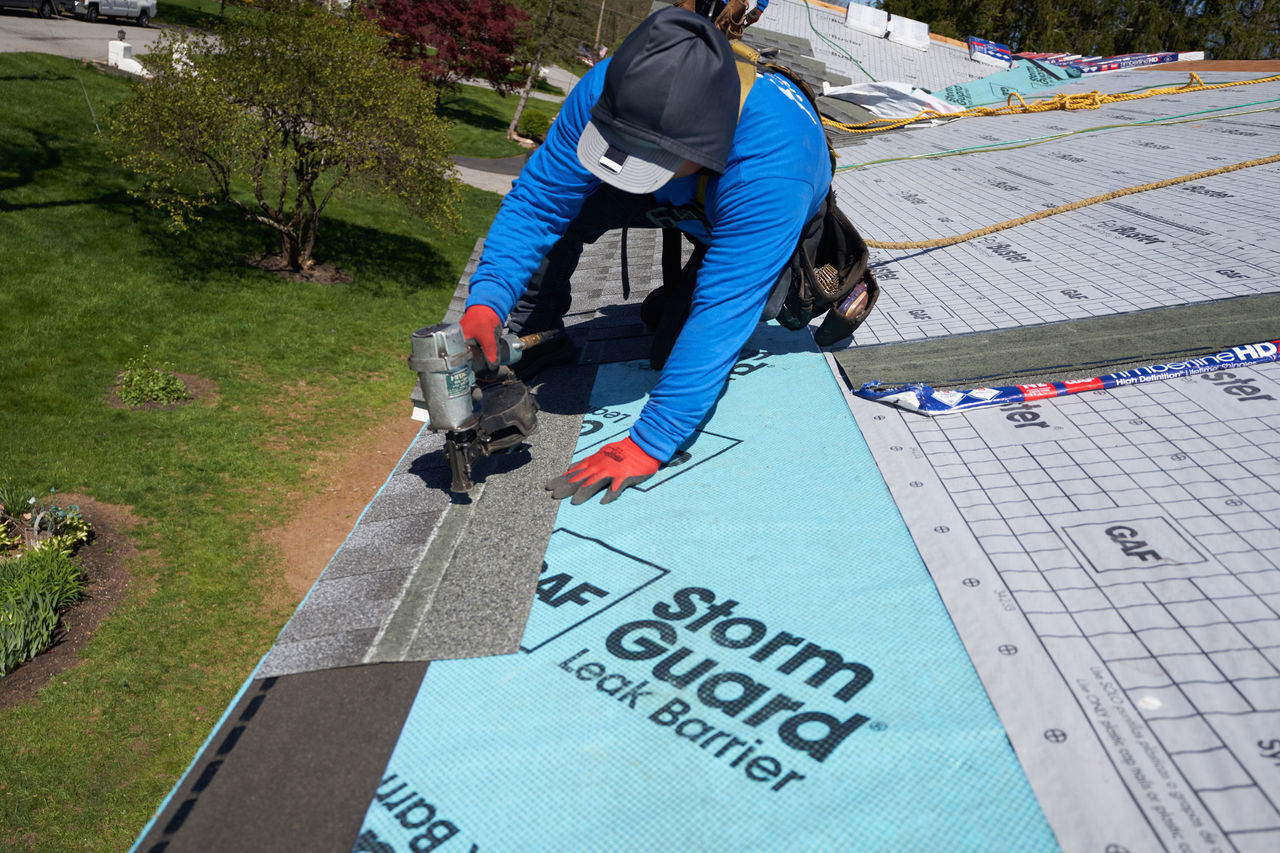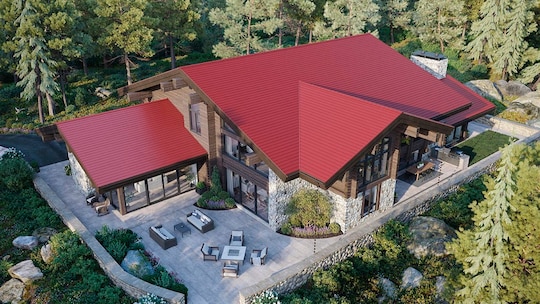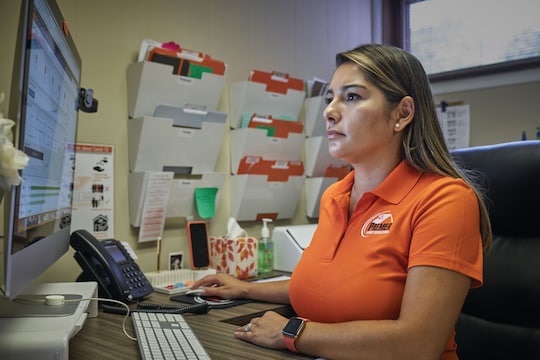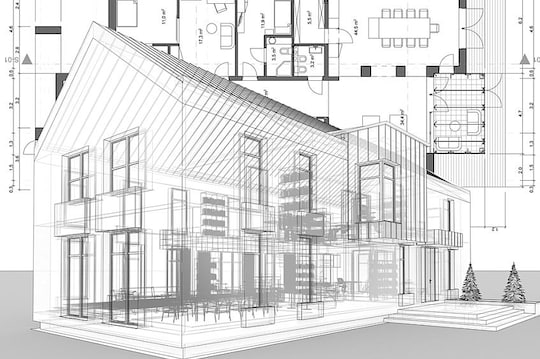
As severe weather intensifies and homeowners insurance rates rise across the nation, communities are seeking out proactive and comprehensive solutions to build greater resilience.
Restoration roofing contractors are a critical part of the solution and increasingly needed to help their communities protect what matters most. Here's what you need to know.
The Role Roofers Can Play in Storm Resilience
"We're not going to stop Mother Nature, we're not going to stop storms, but we want to see the severity of impact on homes lessened," explained Roy Wright, CEO of the Insurance Institute for Business & Home Safety (IBHS), an independent nonprofit that researches ways to prevent damage from severe weather. "On a bad day after a storm, a roofing contractor's role is pivotal."
As a roofing professional, you can play a vital role in educating homeowners on storm resilience solutions like FORTIFIED Roof™ requirements, which can protect your home against the significant damage that occurs during high winds, hail and other major storms.
With roofers leading these changes, communities can have stronger, more secure homes. And collectively, the U.S. can be more resilient in the face of future storms.
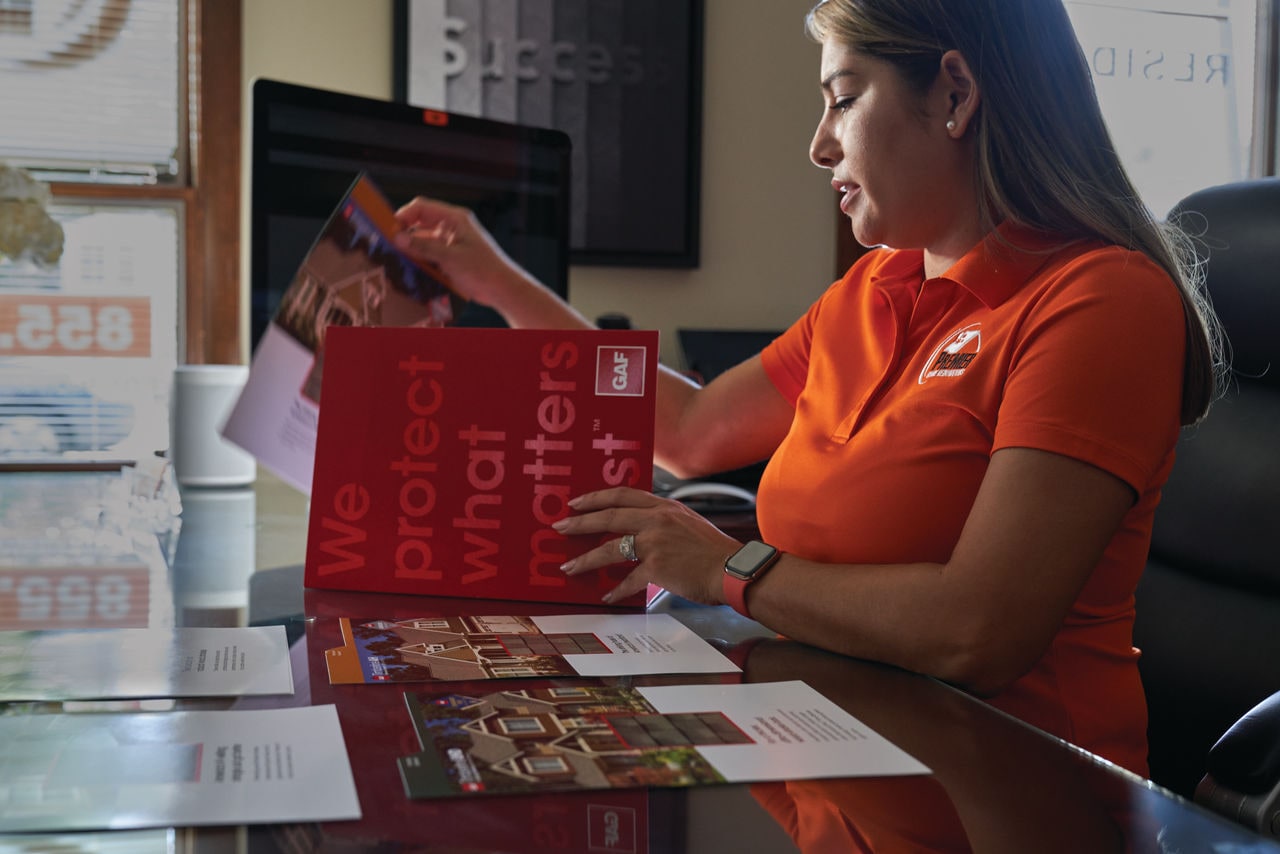
Extreme Weather's Affect on Insurance Costs
With severe weather events becoming more frequent, insurance companies are adapting to survive, as these increasingly destructive storms come at a cost. In September 2024, Hurricane Helene blasted across the Southeastern U.S. for five days, destroying homes, businesses, and infrastructure, as the second-deadliest U.S. hurricane in 50 years, and with a collective economic impact that could reach as high as $250 billion.
Insurance companies can't "pay out at the current and projected scale, stay afloat, and make insurance affordable for folks," explains Mike Thomas, GAF Director of External Learning & Development, Storm Restoration.
To bridge the growing gap, insurers have begun raising premiums and mandating specific conditions for restoration roofing work—like requiring more resilient roofing materials and upgraded installation standards—so roofs have a better chance of protecting homes during storms.
How FORTIFIED Roofs Can Make a Difference
Roofers can teach homeowners that upgrading their home building standards and strengthening their roofs can save money and resources, and keep families in their homes.
IBHS is helping lead new strategies for resilience with their FORTIFIED Roof program, which outlines materials, installation, and contractor requirements.
The FORTIFIED Roof system, when installed by a certified contractor and checked by a third-party inspector, can minimize damage that commonly occurs during high winds, hurricanes, hailstorms, severe thunderstorms, and even tornadoes up to EF-1. This preventive solution can keep families in their homes, strengthen communities, and relieve the heavy burden emergency aid organizations face.
Tools to Streamline Restoration Roofing Work
If you've avoided insurance roof work because of expense, hassle, or complication, Thomas—who leads a specialized team of storm restoration trainers at GAF CARE—assures that times have changed. You don't need months of training to learn the language and processes of insurance work.
Roofers are now set up for success with easy-to-use online programs. "With GAF ScopeConnect, you only need the address and details of the roof to get back a turnkey estimate that's written to be palatable to insurance companies," Thomas notes. This can help you make a smooth entry into the market if you're new to restoration roofing. If you're an experienced restoration roofer, you can benefit too. GAF ScopeConnect saves time and money by eliminating the need for the software, training, and labor hours traditionally required to develop insurance scopes of work.
By resolving some of the biggest barriers to entry, GAF ScopeConnect helps more residential roofers expand into the restoration market where they're so desperately needed.
Tapping into Training
Property owners may be scared and overwhelmed, and they need a roofing contractor that is good at educating them, skilled at installing, and knowledgeable about new and emerging insurance requirements. As Wright notes, roofing contractors are typically one of the first on the scene, and homeowners trust their guidance when recovering from storm damage.
"Be prepared to compete against companies that may already have the in-home selling skill set, because in-home selling is becoming more and more a part of the insurance restoration process," says Thomas.
Whether you're new to the game or a veteran roofer, GAF CARE training can help you succeed. Turn to in-person and online GAF CARE courses that provide valuable insights into the latest installation techniques, product demos and education, and business strategies for storm restoration, in-home selling, and more.
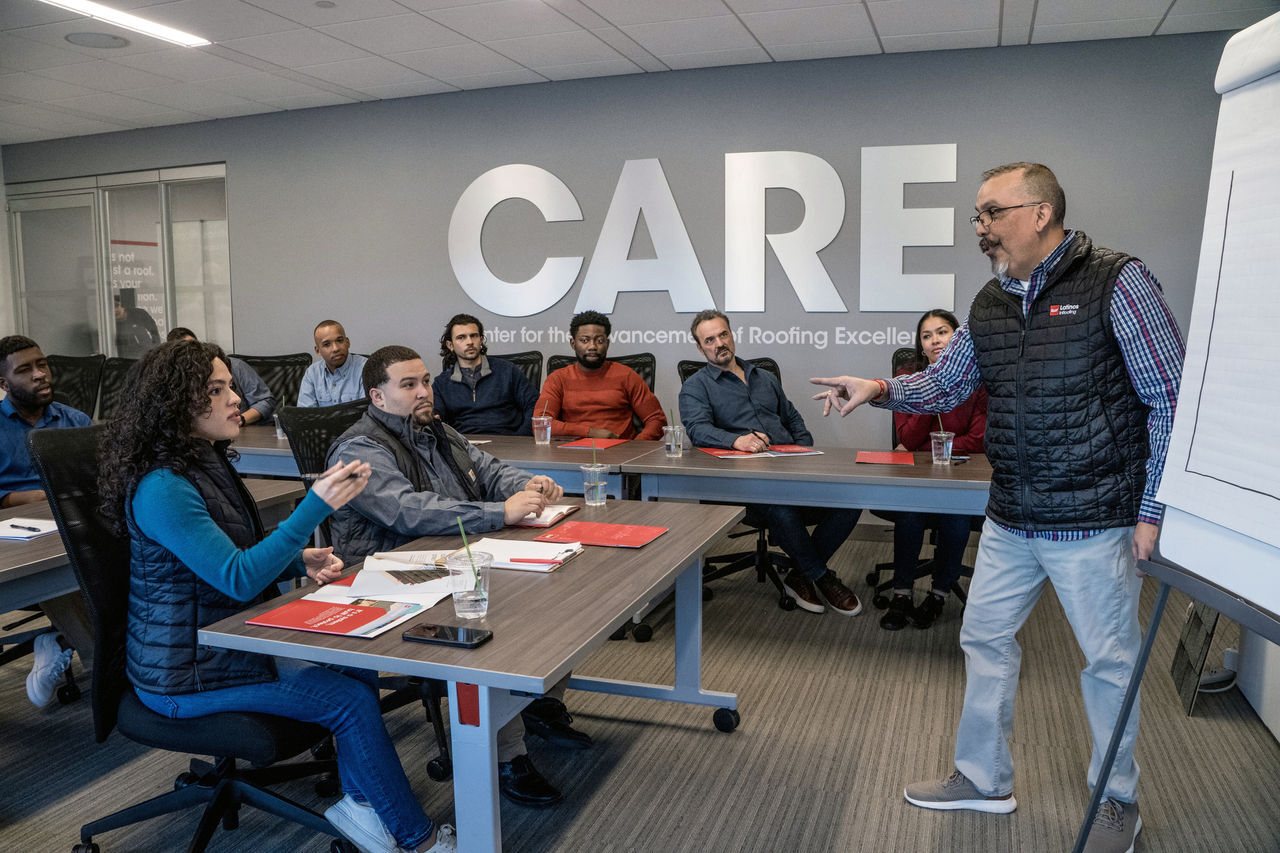
Guiding Homeowners
You can support homeowners who have experienced damage from severe weather in several ways.
Educate
Inform nervous homeowners, who might want a quick fix, on the long-term security of investing in storm-ready roofing systems that meet newer, more exacting homeowners insurance requirements.
Explain
Explain the benefits of selecting industry-leading restoration roofing materials, like the GAF Timberline® AS II shingles. These shingles are made with GAF proprietary SBS-modified asphalt formulation that passes UL's toughest impact-resistance test—UL 2218 Class 4. Timberline® AS II shingles also comply with certain FORTIFIED Roof requirements that many insurance companies use to shape policy requirements. Stay updated with new product releases, like the GAF Roof Deck Seam Tape designed to help keep wind-driven water out.
Assist
Once you've outlined the products that can provide the most secure roof possible, you can offer your customers peace of mind by overseeing the installation. Additionally, you can point them toward options for financing a roof repair as a homeowner to help them facilitate the work.
Taking Action
Roofers can help homeowners understand how intense weather impacts their houses and what steps they can take to prepare for the next storm before it hits your community.
To get a view of local climate impacts and projections, check out free online resources from the NOAA, such as the easy-to-navigate Climate Mapping for Resilience and Adaptation tool.
Interested in learning more about how GAF can support you and your customers in building greater storm resilience? Connect with GAF CARE today to explore the products, trainings, and resources available to you.
